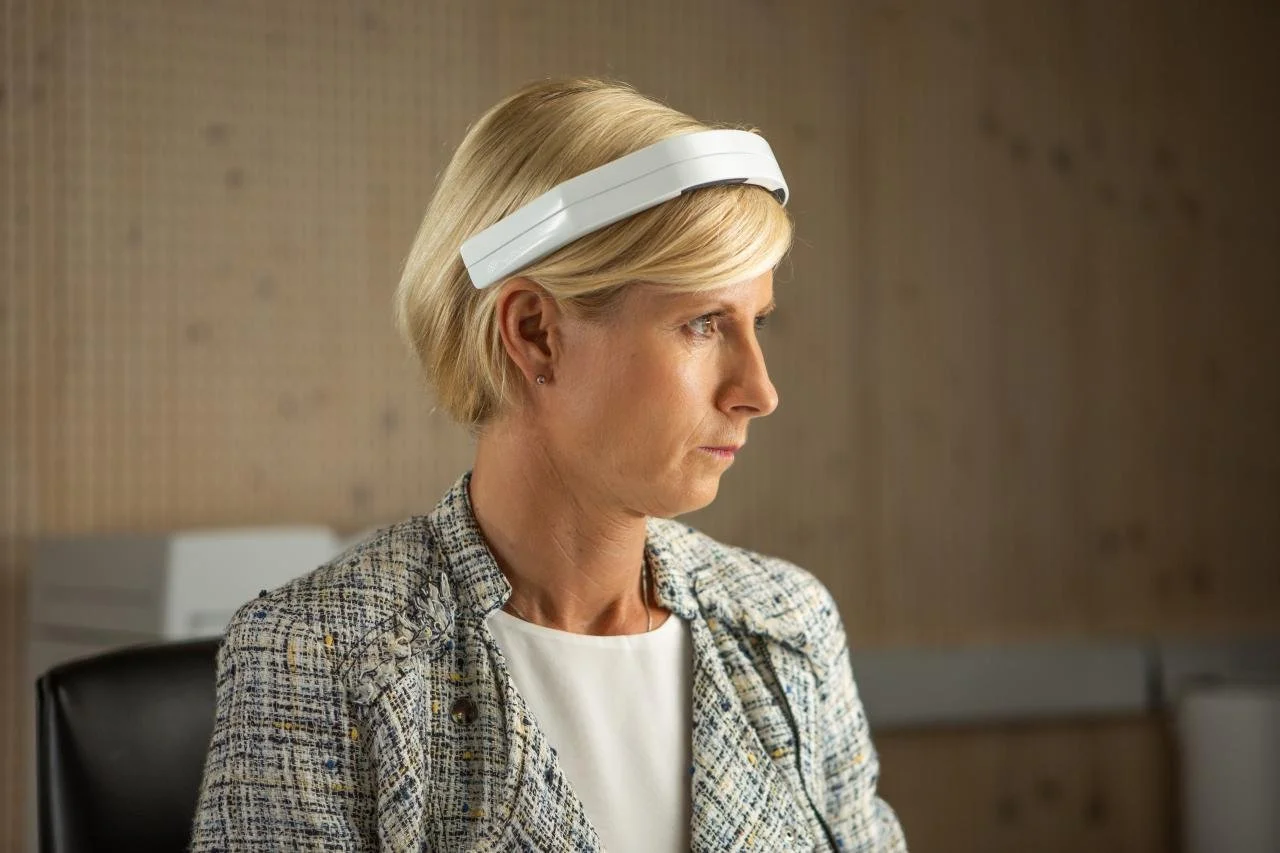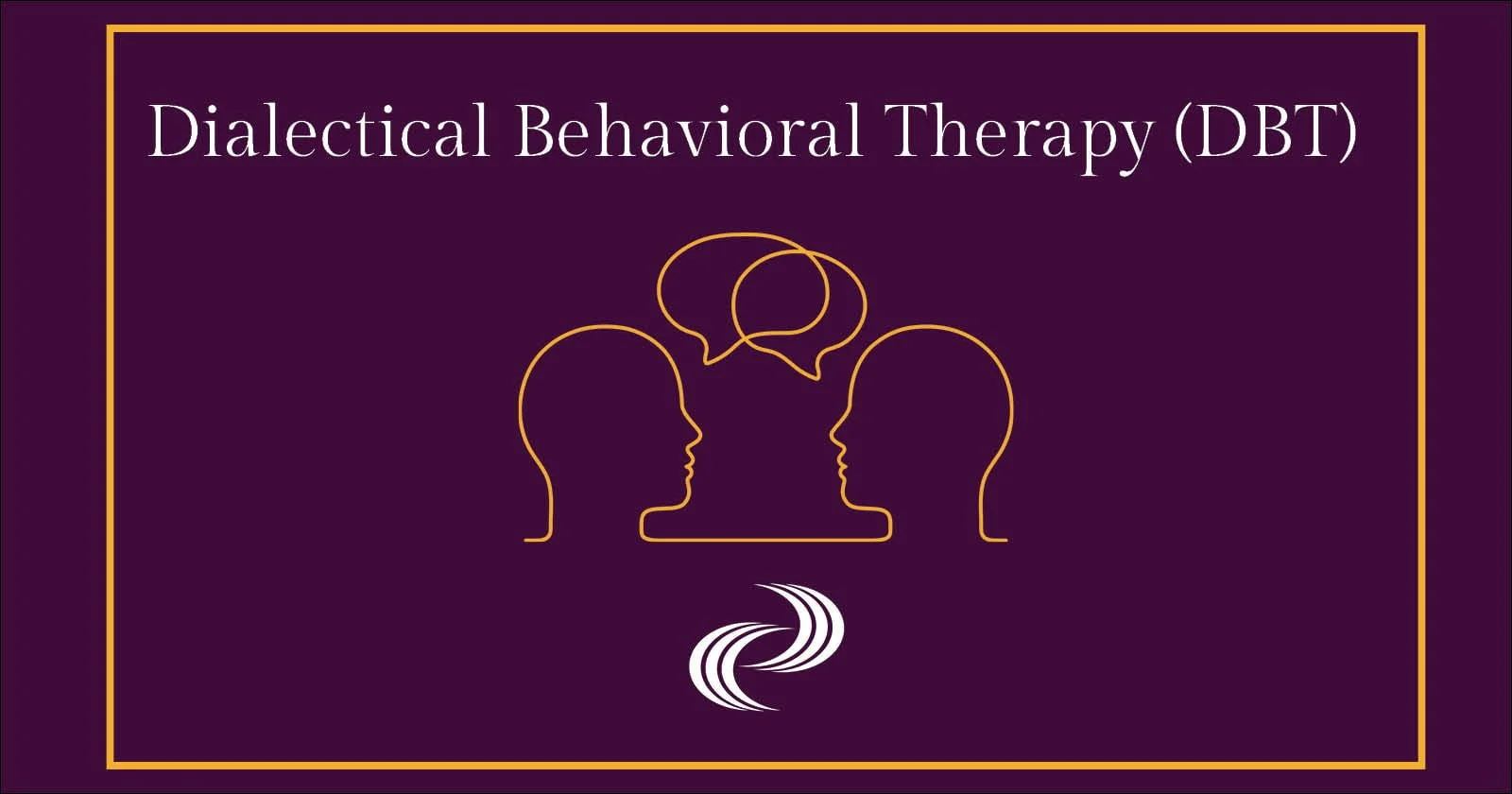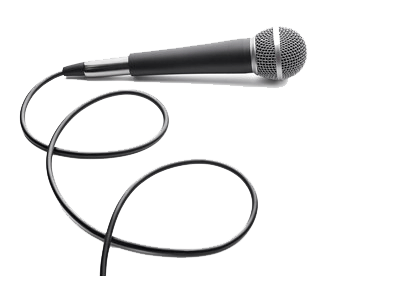
We've delved into the research, so you can focus on the results.
Cite Your Sources
PEMF THERAPY
Clinical & Medical Sources
for PEMF
Thomas, A. W., Graham, K., Prato, F. S., McKay, J., Forster, P. M., Moulin, D. E., & Chari, S. (2007). A randomized, double-blind, placebo-controlled clinical trial using a low-frequency magnetic field in the treatment of musculoskeletal chronic pain. Pain research & management, 12(4), 249–258. https://doi.org/10.1155/2007/626072Wagner, B., Steiner, M., Markovic, L., & Crevenna, R. (2022). Successful application of pulsed electromagnetic fields in a patient with post-COVID-19 fatigue: A case report. Wiener Medizinische Wochenschrift, 172(9-10), 227-232. https://doi.org/10.1007/s10354-021-00901-2
Nieuwenhuijsen, K., Schoutens, A. M. C., Frings-Dresen, M. H. W., & Sluiter, J. K. (2017). Evaluation of a randomized controlled trial on the effect on return to work with coaching combined with light therapy and pulsed electromagnetic field therapy for workers with work-related chronic stress. BMC Public Health, 17(1), 761-761. https://doi.org/10.1186/s12889-017-4720-y
Borges, B., Hosek, R., & Esposito, S. (2019). Effects of PEMF (pulsed electromagnetic field) stimulation on chronic pain and anxiety utilizing decreased treatment frequency and duration application. Frontiers in Neurology, 10 https://doi.org/10.3389/conf.fneur.2019.62.00007
PEMF can even help our furry friends!
Pankratz, K., Korman, J., Emke, C., Johnson, B., Griffith, E. H., & Gruen, M. E. (2021). Randomized, placebo-controlled prospective clinical trial evaluating the efficacy of the assisi anti-anxiety device (calmer canine) for the treatment of canine separation anxiety. Frontiers in Veterinary Science, 8, 775092-775092. https://doi.org/10.3389/fvets.2021.775092
Miller, C. P., Prener, M., Dissing, S., & Paulson, O. B. (2020). Transcranial low‐frequency pulsating electromagnetic fields (T‐PEMF) as post‐concussion syndrome treatment. Acta Neurologica Scandinavica, 142(6), 597-604. https://doi.org/10.1111/ane.13300
CWI THERAPY
Clinical & Medical Sources
for CWI
Podstawski, R., Borysławski, K., Pomianowski, A., Krystkiewicz, W., & Żurek, P. (2021). Endocrine effects of repeated hot thermal stress and cold water immersion in young adult men. American Journal of Men's Health, 15(2), 15579883211008339. https://doi.org/10.1177/15579883211008339
Kusuma, M. N. H., Komarudin, Suhartoyo, T., Listiandi, A. D., Nugroho, D., & Putro, B. N. (2021). Effect of cold water and contrast immersion on physiological and psychological responses of elite athletes after high-intensity exercises. Journal of Physical Education and Sport, 21, 3278-3287. https://doi.org/10.7752/jpes.2021.s6446
Kelly, J. S., & Bird, E. (2022). Improved mood following a single immersion in cold water. Lifestyle Medicine (Hoboken, N.J.), 3(1), n/a. https://doi.org/10.1002/lim2.53
Yankouskaya, A., Williamson, R., Stacey, C., Totman, J. J., & Massey, H. (2023). Short-term head-out whole-body cold-water immersion facilitates positive affect and increases interaction between large-scale brain networks. Biology (Basel, Switzerland), 12(2), 211. https://doi.org/10.3390/biology12020211
EMDR THERAPY
Clinical & Medical Sources
for EMDR
Wilson, G., Farrell, D., Barron, I., Hutchins, J., Whybrow, D., & Kiernan, M. D. (2018). The use of eye-movement desensitization reprocessing (EMDR) therapy in treating post-traumatic stress disorder-A systematic narrative review. Frontiers in Psychology, 9, 923-923. https://doi.org/10.3389/fpsyg.2018.00923
Hase, M., Balmaceda, U. M., Hase, A., Lehnung, M., Tumani, V., Huchzermeier, C., & Hofmann, A. (2015). Eye movement desensitization and reprocessing (EMDR) therapy in the treatment of depression: A matched pairs study in an inpatient setting. Brain and Behavior, 5(6), e00342-n/a. https://doi.org/10.1002/brb3.342
De Jongh, A., Groenland, G. N., Sanches, S., Bongaerts, H., Voorendonk, E. M., & Van Minnen, A. (2020). The impact of brief intensive trauma-focused treatment for PTSD on symptoms of borderline personality disorder. European Journal of Psychotraumatology, 11(1), 1721142-1721142. https://doi.org/10.1080/20008198.2020.1721142
Sigal, N., & Rob. (2021). Dual perspectives on art therapy and EMDR for the treatment of complex childhood trauma. International Journal of Art Therapy, 26(1-2), 37-46. https://doi.org/10.1080/17454832.2021.1906288
Verhagen, I., van der Heijden, R., de Jongh, A., Korzilius, H., Mevissen, L., & Didden, R. (2022). Safety, feasibility, and efficacy of EMDR therapy in adults with PTSD and mild intellectual disability or borderline intellectual functioning and mental health problems: A multiple baseline study. Journal of Mental Health Research in Intellectual Disabilities, ahead-of-print(ahead-of-print), 1-23. https://doi.org/10.1080/19315864.2022.2148791
Neuro-Feedback THERAPY
Clinical & Medical Sources
for Neurofeedback
Marzbani, H., Marateb, H., & Mansourian, M. (2016). Methodological note: Neurofeedback: A comprehensive review on system design, methodology and clinical applications. Basic and Clinical Neuroscience, 7(2), 143. https://doi.org/10.15412/J.BCN.03070208
Van Doren, J., Arns, M., Heinrich, H., Vollebregt, M. A., Strehl, U., & Loo, S. K. (2019). Sustained effects of neurofeedback in ADHD: A systematic review and meta-analysis. European Child & Adolescent Psychiatry, 28(3), 293-305. https://doi.org/10.1007/s00787-018-1121-4
Arns, M., Clark, C. R., Trullinger, M., deBeus, R., Mack, M., & Aniftos, M. (2020). Neurofeedback and attention-Deficit/Hyperactivity-disorder (ADHD) in children: Rating the evidence and proposed guidelines. Applied Psychophysiology and Biofeedback, 45(2), 39-48. https://doi.org/10.1007/s10484-020-09455-2
Mehler, D. M. A., Sokunbi, M. O., Habes, I., Barawi, K., Subramanian, L., Range, M., Evans, J., Hood, K., Lührs, M., Keedwell, P., Goebel, R., & Linden, D. E. J. (2018). Targeting the affective brain: A randomized controlled trial of real-time fMRI neurofeedback in patients with depression. Neuropsychopharmacology (New York, N.Y.), 43(13), 2578-2585. https://doi.org/10.1038/s41386-018-0126-5
Orendácová, M., Kvasnák, E., & Vránová, J. (2022). Effect of neurofeedback therapy on neurological post-COVID-19 complications (A pilot study). PloS One, 17(7), e0271350-e0271350. https://doi.org/10.1371/journal.pone.0271350
Jaeckle, T., Williams, S. C. R., Barker, G. J., Basilio, R., Carr, E., Goldsmith, K., Colasanti, A., Giampietro, V., Cleare, A., Young, A. H., Moll, J., & Zahn, R. (2021). Self-blame in major depression: A randomised pilot trial comparing fMRI neurofeedback with self-guided psychological strategies. Psychological Medicine, 53(7), 2831-2841. https://doi.org/10.1017/S0033291721004797
CBT THERAPY
Clinical & Medical Sources
for CBT
Ekman, E., & Hiltunen, A. J. (2015). Modified CBT using visualization for autism spectrum disorder (ASD), anxiety and avoidance behavior - A quasi-experimental open pilot study. Scandinavian Journal of Psychology, 56(6), 641-648. https://doi.org/10.1111/sjop.12255
Stefan, S., Cristea, I. A., Szentagotai Tatar, A., & David, D. (2019). Cognitive‐behavioral therapy (CBT) for generalized anxiety disorder: Contrasting various CBT approaches in a randomized clinical trial. Journal of Clinical Psychology, 75(7), 1188-1202. https://doi.org/10.1002/jclp.22779
Springer, K. S., Levy, H. C., & Tolin, D. F. (2018). Remission in CBT for adult anxiety disorders: A meta-analysis. Clinical Psychology Review, 61, 1-8. https://doi.org/10.1016/j.cpr.2018.03.002
Atwood, M. E., & Friedman, A. (2020). A systematic review of enhanced cognitive behavioral therapy (CBT‐E) for eating disorders. The International Journal of Eating Disorders, 53(3), 311-330. https://doi.org/10.1002/eat.23206
DBT THERAPY
Clinical & Medical Sources
for DBT
Harned, M. S., Schmidt, S. C., Korslund, K. E., & Gallop, R. J. (2021). Does adding the dialectical behavior therapy prolonged exposure (DBT PE) protocol for PTSD to DBT improve outcomes in public mental health settings? A pilot nonrandomized effectiveness trial with benchmarking. Behavior Therapy, 52(3), 639-655. https://doi.org/10.1016/j.beth.2020.08.003
John Lothes, I., Mochrie, K., Wilson, M., & Hakan, R. (2021). The effect of DBT-informed mindfulness skills. Current Psychology (New Brunswick, N.J.), 40(6), 2764. https://doi.org/10.1007/s12144-019-00207-y
Lyng, J., Swales, M. A., Hastings, R. P., Millar, T., & Duffy, D. J. (2020). Outcomes for 18 to 25‐year‐olds with borderline personality disorder in a dedicated young adult-only DBT programme compared to a general adult DBT programme for all ages 18. Early Intervention in Psychiatry, 14(1), 61-68. https://doi.org/10.1111/eip.12808
Panos, P. T., Jackson, J. W., Hasan, O., & Panos, A. (2014). Meta-analysis and systematic review assessing the efficacy of dialectical behavior therapy (DBT). Research on Social Work Practice, 24(2), 213-223. https://doi.org/10.1177/1049731513503047
Wang, J., Fan, J., Zhao, Z., Dissel, S., & Price, J. (2022). DBT affects sleep in both circadian and non-circadian neurons. PLoS Genetics, 18(2), e1010035-e1010035. https://doi.org/10.1371/journal.pgen.1010035
EXPOSURE THERAPY
Clinical & Medical Sources
for Exposure Therapy
Dell, L., Sbisa, A. M., Forbes, A., O'Donnell, M., Bryant, R., Hodson, S., Morton, D., Battersby, M., Tuerk, P. W., Elliott, P., Wallace, D., & Forbes, D. (2023). Massed v. standard prolonged exposure therapy for PTSD in military personnel and veterans: 12-month follow-up of a non-inferiority randomised controlled trial. Psychological Medicine, 53(15), 7070-7077. https://doi.org/10.1017/S0033291723000405
Goodson, J. T., Lefkowitz, C. M., Helstrom, A. W., & Gawrysiak, M. J. (2013). Outcomes of prolonged exposure therapy for veterans with posttraumatic stress disorder. Journal of Traumatic Stress, 26(4), 419-425. https://doi.org/10.1002/jts.21830
Hundt, N. E., Barrera, T. L., Arney, J., & Stanley, M. A. (2017). "It's worth it in the end": Veterans' experiences in prolonged exposure and cognitive processing therapy. Cognitive and Behavioral Practice, 24(1), 50-57. https://doi.org/10.1016/j.cbpra.2016.02.003
Rutt, B. T., Oehlert, M. E., Krieshok, T. S., & Lichtenberg, J. W. (2018). Effectiveness of cognitive processing therapy and prolonged exposure in the department of veterans affairs. SAGE Publications. https://doi.org/10.1177/0033294117727746
EA-P
Clinical & Medical Sources
for Equine-Assisted Psychotherapy
Machová, K., Juríčková, V., Kasparová, A., Petrová, K., Sládková, B., & Svobodová, I. (2023). An evaluation of the effect of equine-facilitated psychotherapy on patients with substance use disorders. PloS One, 18(6), e0286867-e0286867. https://doi.org/10.1371/journal.pone.0286867
Provan, M., Ahmed, Z., Stevens, A. R., & Sardeli, A. V. (2024). Are equine-assisted services beneficial for military veterans with post-traumatic stress disorder? A systematic review and meta-analysis. BMC Psychiatry, 24(1), 544-14. https://doi.org/10.1186/s12888-024-05984-w
Romaniuk, M., Evans, J., & Kidd, C. (2018). Evaluation of an equine-assisted therapy program for veterans who identify as 'wounded, injured or ill' and their partners. PloS One, 13(9), e0203943-e0203943. https://doi.org/10.1371/journal.pone.0203943
Rosing, T., Malka, M., Brafman, D., & Fisher, P. W. (2022). A qualitative study of equine‐assisted therapy for Israeli military and police veterans with PTSD—impact on self‐regulation, bonding and hope. Health & Social Care in the Community, 30(6), e5074-e5082. https://doi.org/10.1111/hsc.13922
White‐Lewis, S. (2020). Equine‐assisted therapies using horses as healers: A concept analysis. Nursing Open, 7(1), 58-67. https://doi.org/10.1002/nop2.377
Zhu et al., with a landmark study!
Want more sources?
Oh, we have more… a lot more…
All of our modalities are evidence based, and backed by research. Long gone are the days of wondering “is this working?”. We pride ourselves in being scientists and critical thinkers, who have a passion for helping disseminate the literature so you can focus on the results. Don’t take our word for it, go and click on the links, and read the studies for yourself!
However… if you are still skeptical…
Should curiosity pique your interest, we encourage you to spare a moment and dial our number. As previously mentioned, our services are not based on whims or conjecture - they are fortified by empirical evidence, clinical validation, and rigorous scientific testing. We promise to shower you with a veritable deluge of scientifically tested, clinically proven, and evidence-based insights about our services. We'll just leave that compelling fact here - consider it our metaphorical and scholarly “mic drop”!









